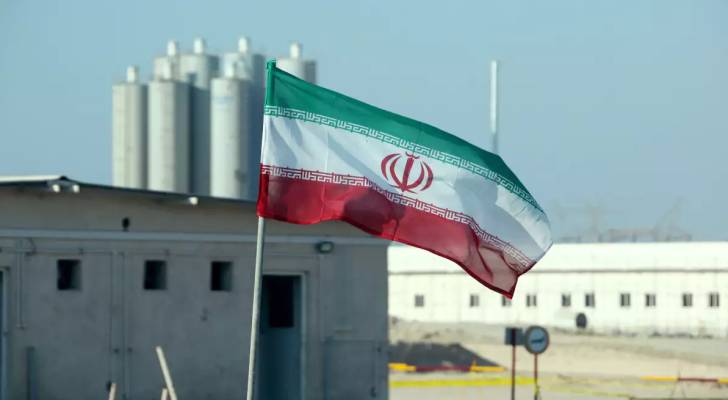How damaged is Iran's nuclear program following 'Israeli' strikes?
While 'Israel's' recent military operations dealt a blow to several key Iranian nuclear sites, experts caution that the long-term impact may be more political than technical, potentially pushing Tehran closer to developing a nuclear weapon.
In a significant escalation of their war, 'Israel' launched a series of strikes targeting Iran's nuclear infrastructure. The attacks, which 'Israel' claims are a necessary measure to prevent the Islamic Republic from obtaining nuclear weapons, have inflicted tangible damage. However, international observers and nuclear non-proliferation experts suggest that while the program has been set back, it is far from crippled.
A Look at the Damage: Natanz, Isfahan Hit
According to the International Atomic Energy Agency (IAEA), citing Iranian officials, the 'Israeli' operation targeted the uranium enrichment sites at Natanz and Fordow, as well as the nuclear facility in Isfahan.
At the sprawling Natanz complex, a key above-ground component, including its vital power infrastructure, was destroyed. While IAEA Director General Rafael Grossi noted "no indication of a physical attack on the underground cascade hall" where uranium enrichment occurs, the power loss itself may have damaged the delicate high-speed centrifuges within. An analysis of satellite imagery by the US-based Institute for Science and International Security (ISIS) confirmed "extensive" damage to the site's power supply, rendering the enrichment plant inoperable for the time being.
In contrast, the heavily fortified underground Fordow enrichment plant appears to have sustained "no damage," according to the IAEA.
The Isfahan nuclear site, however, saw four of its buildings damaged. These included the central chemical laboratory, a uranium conversion plant, a facility for manufacturing fuel for the Tehran reactor, and a metal processing facility that was under construction. Significant stockpiles of uranium are believed to be stored in the vicinity of the Isfahan site.
A setback, not a knockout blow
Despite the targeted destruction, experts believe 'Israel's' operation is unlikely to have delivered a fatal blow to Iran's nuclear ambitions. "Israel can damage Iran's nuclear programme... it is unlikely to be able to destroy it," Ali Vaez, Iran project director at the International Crisis Group, told AFP. He argued that destroying the heavily fortified and bunkered facilities at Natanz and Fordow would require massively powerful bombs, likely necessitating US military assistance.
Kelsey Davenport, an expert with the Arms Control Association, echoed this sentiment, adding that even with the killing of nine Iranian nuclear scientists, the attacks cannot erase the indigenous expertise Iran has cultivated over decades.
The specter of clandestine facilities also looms large. Vaez warned that if Iran has managed to transfer significant quantities of enriched material to "secret facilities," then "the game is lost for Israel."
Push towards weaponization?
While the strikes have created a technical hurdle for Tehran, they may have inadvertently strengthened the hand of hardliners within the Iranian regime who advocate for developing a nuclear arsenal as a deterrent.
"Israel's strikes set Iran back technically, but politically the strikes are pushing Iran closer to nuclear weapons," warned Davenport.
This comes as Iran has already been steadily moving away from its commitments under the 2015 nuclear deal, following the unilateral withdrawal of the United States in 2018. As of mid-May, the IAEA estimated that Iran possessed approximately 408.6 kilograms of uranium enriched to 60 percent, a short technical step from the 90 percent required for a nuclear weapon. This stockpile is theoretically enough, if further refined, for about 10 nuclear bombs.
Tehran has consistently maintained that its nuclear program is for peaceful purposes. While the IAEA has found "no credible indications of an ongoing, undeclared structured nuclear programme," it has been critical of Iran's lack of cooperation.
In the wake of the attacks, IAEA chief Grossi issued a stark reminder that nuclear facilities "must never be attacked," warning of "grave consequences for the people of Iran, the region, and beyond." For now, the UN watchdog has not detected any increase in radiation levels at the affected sites, noting there is "very little risk" of a harmful release from enrichment facilities. The greater danger, Davenport noted, would be an attack on Iran's Bushehr nuclear power plant, which was not targeted in the recent strikes.




